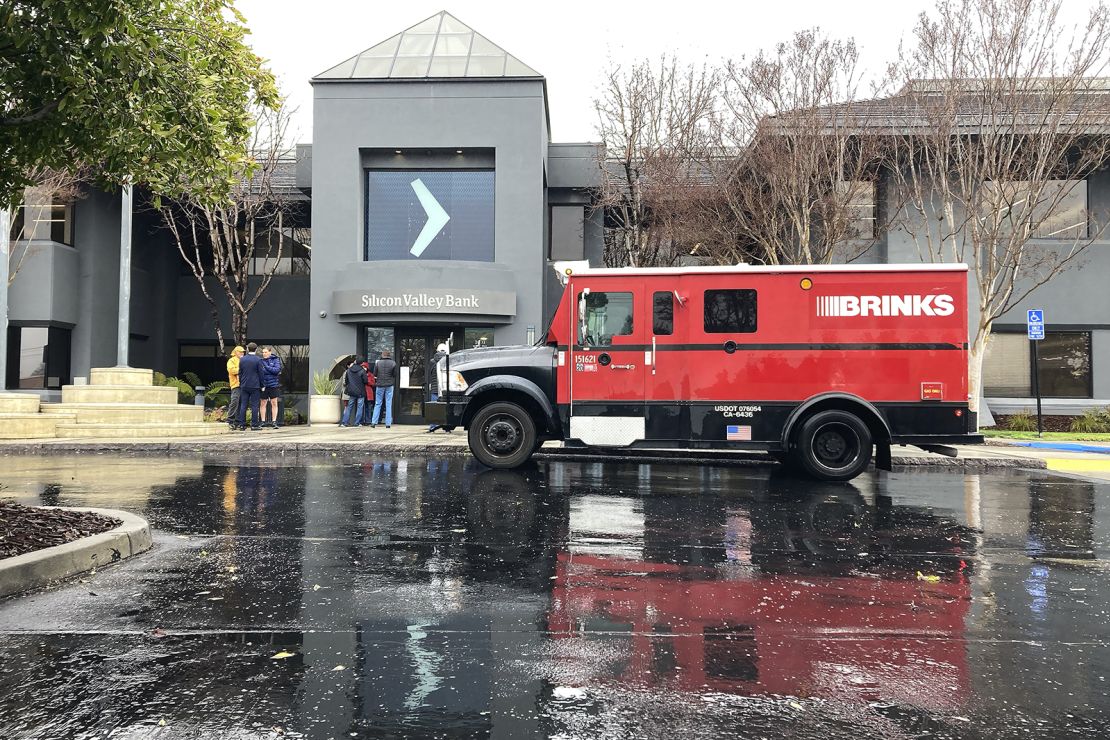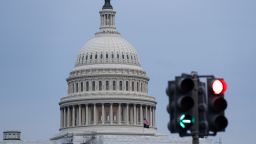Regulation introduced after the 2008 financial crisis was supposed to make bank bailouts a thing of the past. But its biggest test so far has revealed some serious shortcomings.
In what feels like deja-vu, governments have had to step in as lenders of last resort to prevent the recent bout of turmoil in the banking sector from escalating into a full-blown crisis. By tapping public funds to shore up ailing private institutions, they have laid bare the huge risks that bank failures still pose to taxpayers and the wider financial system.
“I have argued for years that the biggest banks in the world are still too big to fail. This question is now beyond doubt,” Neel Kashkari, president of the Federal Reserve Bank of Minneapolis, told broadcaster CBS Sunday.
Karin Keller-Sutter, Switzerland’s finance minister, hit the message home when she said that restructuring embattled Credit Suisse (CS) in line with internationally agreed post-2008 guidelines “would probably have triggered an international financial crisis.”
“I have come to the realization in recent weeks that a globally active, systemically important bank cannot simply be wound up according to the ‘too big to fail’ plan,” Keller-Sutter told Swiss newspaper Neue Zürcher Zeitung. “Legally, this would be possible. In practice, however, the economic damage would be considerable.”
Keller-Sutter was at the center of a government-orchestrated rescue of Credit Suisse by its larger rival UBS (UBS) earlier this month. The Swiss authorities decided that the lender, which had struggled for years, needed an emergency takeover after the sudden failure of Silicon Valley Bank in the United States rattled bank investors around the world.

But executing the deal could eat up billions of dollars of public money through loans and guarantees. That raises uncomfortable questions over whether much-vaunted regulatory reforms have really made the financial system more stable and less of a threat to the public purse.
Global standards for dealing with teetering “too big to fail” banks were key a part of the package of rules introduced after the global financial crisis. They were designed to make it possible to wind down a big bank without destabilizing the financial system or exposing taxpayers to the risk of losses.
Yet, when several lenders got into trouble this month, regulators “didn’t use the mechanisms they promised us would work,” said Anat Admati, a finance and economics professor at Stanford Graduate School of Business. “Too big to fail is still a problem. It never got solved.”
‘Still a bailout’
When it came to Credit Suisse, the Swiss government judged that a rescue by UBS was the only viable option, even though that has left the country’s economy exposed to a single massive lender.
Although some investors in Credit Suisse bonds lost everything, Swiss taxpayers are still on the hook for up to 9 billion Swiss francs ($9.8 billion) of potential losses arising from certain Credit Suisse assets.
The state has also explicitly guaranteed a 100 billion Swiss franc ($109 billion) lifeline to UBS, should it need it, although that would be repayable.
Likewise, US regulators have had to take unprecedented steps that undermined post-crisis rules to ensure SVB’s collapse didn’t spiral into a broader banking meltdown.

In an extraordinary move, the Federal Deposit Insurance Corporation guaranteed all SVB deposits — including those above the usual $250,000 threshold per person. That limit was enshrined in law by the 2010 Dodd-Frank Act.
The money for this will come from a fund that banks pay into, rather than from taxpayers. But the move has nonetheless sparked debate over whether this amounts to a bailout.
“They say it’s not a bailout because the industry will pay. It’s still a bailout, whoever pays,” said Admati of Stanford.
Alongside this, the Fed launched an emergency lending facility for banks after the collapse of SVB and Signature Bank to prevent more failures, exposing the central bank to risky loans, according to Admati.
“It’s a way to maintain [the banking system] from cracking, but it’s not making it healthier,” she said.
Aaron Klein, a former US Treasury official who worked on the Dodd-Frank reforms, is worried about the precedent that has been set.
“Bailouts beget bailouts,” Klein, now a senior fellow in economic studies at the Brookings Institution, told CNN. “It’s difficult, once you start down the path of bailing people out, to switch course.”

Are banks safe enough?
Even as existing rules have been ignored, the recent bank failures have some lawmakers and regulators arguing that banking regulation needs to be tightened. Although on certain measures banks are more resilient than they were before the global financial crisis, recent turmoil has given regulators pause.
Michael Barr, the Fed’s vice chair for supervision, told the US Senate banking committee Tuesday that rules for banks needed to be strengthened. The Swiss government, for its part, announced Wednesday a “comprehensive evaluation of the too-big-to-fail regulatory framework,” the findings of which will be reported to parliament.
And Sam Woods, deputy governor for prudential regulation at the Bank of England, has told UK lawmakers that there may be a question around whether banks are mandated to have enough cash on hand or easily accessible.
“A striking feature of the Silicon Valley Bank run, though not so much of the Credit Suisse one, was the speed with which it took place,” he said Tuesday. “I do think we have to look back at these outflow rates … and ask what we have learned.”
Some of this cuts to the heart of banks’ business model. Lenders are required to set aside only a portion of the money deposited with them. The rest is lent out at higher interest rates or invested, because that’s how big banks make most of their profit.
This means any institution whose depositors all want to withdraw their cash at the same time would be in trouble.
Removing the risk of a bank run entirely would require lenders to hold 100% of all deposits in cash or reserves at central banks. But regulators do not see this as a desirable outcome.
“We do not want to operate a zero-failure regime, because there would be some significant costs in terms of availability of lending to the economy,” Woods said. “That is a trade-off that is made in all regulations.”
There are less drastic ways to make banks safer. Requiring lenders to fund themselves with more equity and less debt would be one approach, according to John Vickers, who led the independent commission reviewing UK banking regulation after the 2008 crisis.
They would then “have more equity capital with which to absorb losses,” he told CNN.
Banks should also undergo “much tougher, more transparent” tests to establish to what extent they could withstand losses in various adverse scenarios, taking into account the market value of their capital, said Vickers, now an economics professor at Oxford University.
“Undoubtedly, major progress was made in the reforms after the crisis of 2008/2009, but in my view [they] did not go far enough.”









